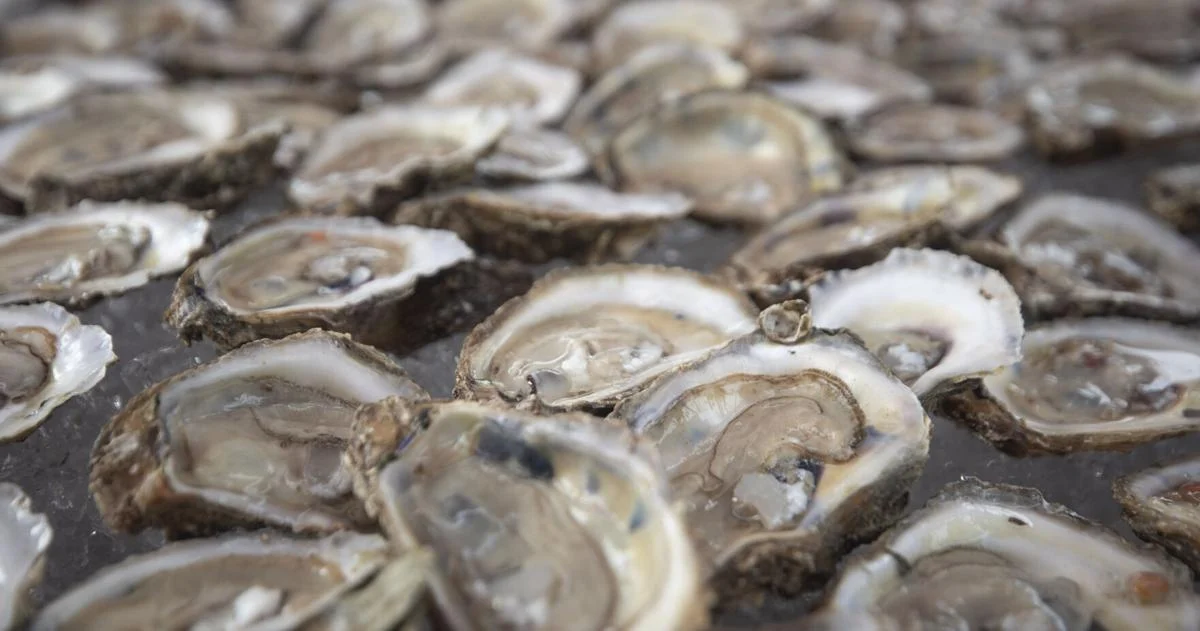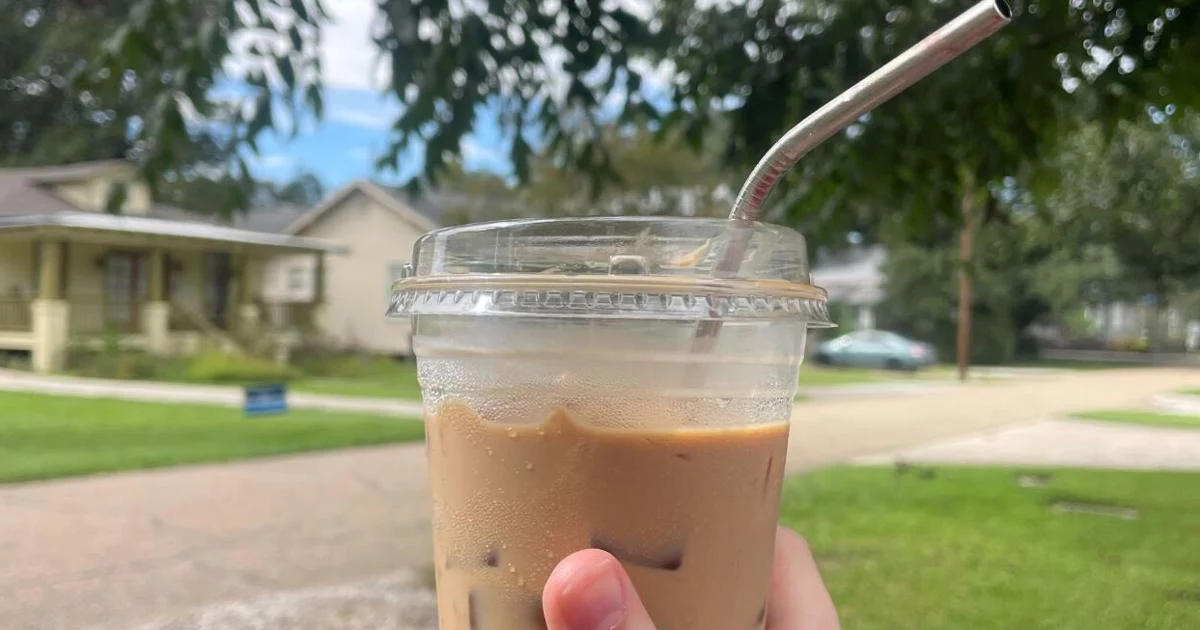
CHARLESTON — Bushels of steamed oysters will be back on tables as South Carolina’s shellfish harvesting season begins.
The start of October marked the opening of the recreational and commercial harvesting season. The months-long window for harvesters to collect bushels of oysters and clams officially began Oct. 1 and runs until May 15.
For Charleston Oyster Co. owner Jeff Spahr, it’s a date his customers know well and look forward to each year.
Spahr has been planting, harvesting and delivering oysters out of McClellanville for over two decades. This year will be no different.
Several of his customers have been ordering from him since he started his business in 2000. Many place their orders for their fall and winter oysters in the summertime. He sells to local chefs and restaurants, but he’s also made a living on supplying clusters for backyard roasts.
“The one thing about oysters is people are always happy to receive them. You never have a mad customer, ever. It’s something that makes everybody really happy,” Spahr said.
Spahr picks from a reef he grows near Bull’s Island, but there are thousands of acres in South Carolina where recreational harvesters can pick shellfish. Reefs are tucked along the Intracoastal Waterway and in the creeks and inlets throughout the state stretching from Murrells Inlet to Turtle Island in Jasper County.
Saltwater fishing licenses are required for shellfish pickers, and there are limits on how many oysters and clams one can take. Harvesters can pick up to two bushels of oysters for up to two days in a week.
Clams are limited to one-half bushel twice a week, and the shellfish must be at least one inch thick to harvest.
Guidance from the state Department of Natural Resources encourages harvesters to cull in place. This involves breaking off dead shells and smaller oysters on the shoreline and only harvesting clusters or single, larger oysters. The smaller oysters left behind will continue to grow.
Harvesting is allowed within 85 public and state shellfish grounds, encompassing thousands of acres in South Carolina. DNR designates 27 of those areas exclusively for recreational harvesters. The rest are also open for commercial harvesters.
The S.C. Department of Environmental Services monitors the water quality in the state’s shellfish beds and issues temporary closures if levels of bacteria are too high.
These closures can come after heavy rainfall events, hurricanes or pollution spills, and are often done for the benefit of shellfish eaters, Peter Kingsley-Smith, a researcher for DNR’s Marine Resources Research Institute, previously told The Post and Courier.
“While not harmful directly to the oysters, these increases in bacteria can lead to oyster grounds being closed to harvest to protect human health from the consumption of oysters from affected areas,” Kingsley-Smith said.
Closures can be found online or by calling the department’s shellfish hotline at (800) 285-1618.
DNR also encourages individuals to recycle their oyster shells once they’ve had their fill. The shells are used to restore shellfish grounds along the coast and keep the shellfish population plentiful for future harvesting seasons.



